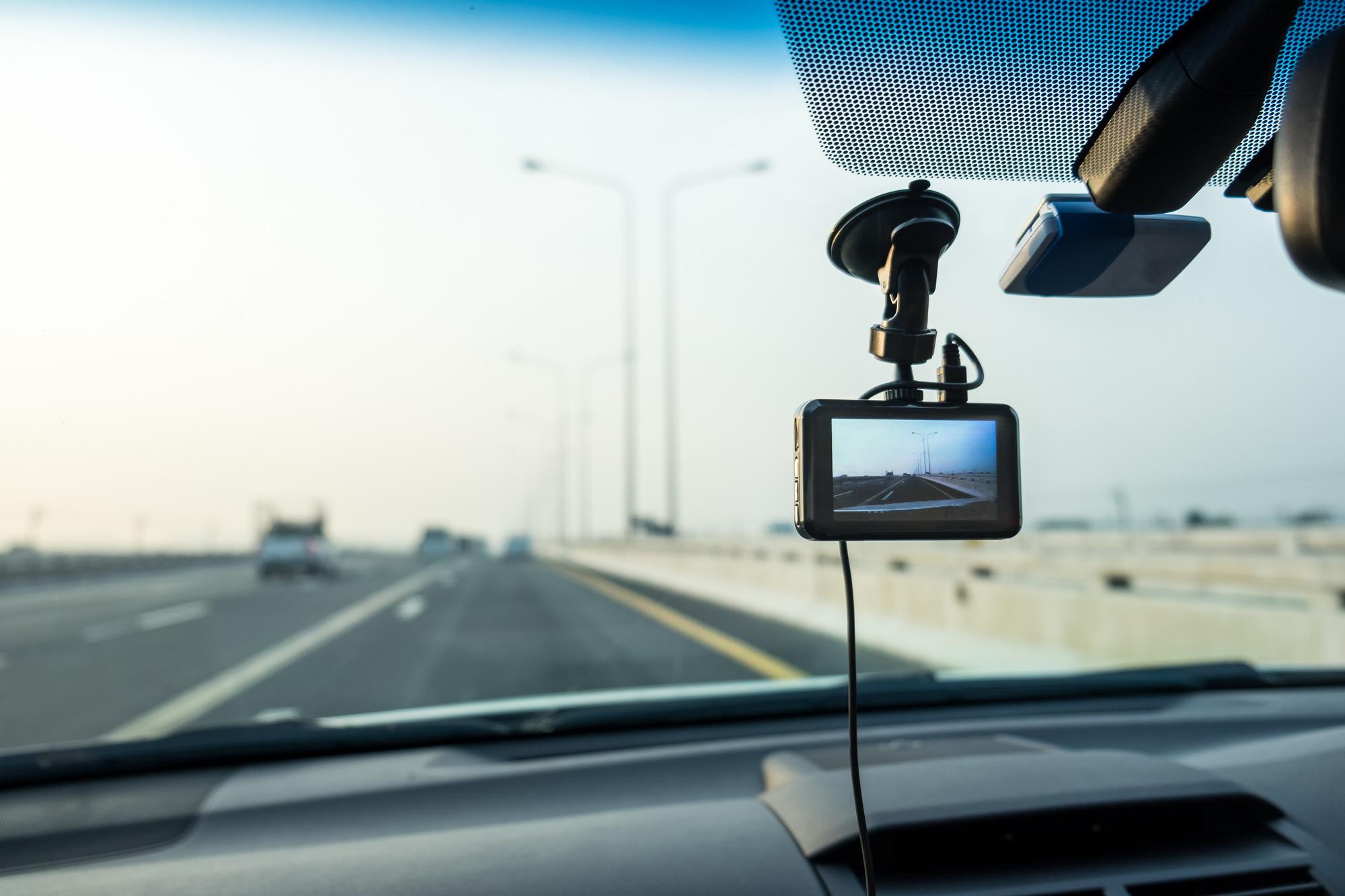Increased Demand and New Technologies
The automotive industry has seen a surge in demand for vehicle cameras in recent years. As Advanced Driver Assistance Systems (ADAS) become more sophisticated, automakers are integrating multiple high-definition cameras to support features like lane keeping, active cruise control, automated emergency braking and parking assistance. Market research firms estimate the vehicle camera market will grow at over 15% annually through 2025. This increase in demand has also spurred rapid innovation in camera technologies.
Cameras have steadily replaced radar and ultrasonic sensors for functions like surround view, as camera-based systems provide higher resolution images at a lower cost. New mid-infrared camera technologies are able to "see through" fog, dust and light rain, better supporting ADAS in adverse conditions. Embedded image processors and deep learning are allowing cameras to take over more complex tasks like pedestrian and sign detection that were previously handled by expensive LIDAR and radar systems. As self-driving systems rely more heavily on computer vision instead of sensors, the compute power and sophistication of automotive cameras will continue growing exponentially.
Integrating Advanced Cameras into Vehicle Design
While the capabilities of cameras continue advancing, successfully integrating high-quality cameras into the Vehicle Cameras design presents its own set of challenges. Automakers must consider factors like lens quality, night time performance, environmental resilience, wiring needs and sensor placement during vehicle development. Higher megapixel or infrared cameras require more bandwidth to transmit image data for processing. This impacts where cameras can be mounted on the vehicle and the design of wiring harnesses.
Extreme temperatures, dust, vibration and impacts experienced during vehicle operation also take a toll on camera components over time. Automotive cameras undergo rigorous testing and validation to ensure they can withstand years of use under harsh road conditions. Additional coatings, heater circuits and sensor stabilization technologies have allowed cameras to operate reliably even in off-road environments. For 360-degree surround view applications, careful calibration is needed to stitch together camera feeds into a single composite image visible on infotainment screens. Overall system latency from image capture to display must also be minimized for safety-critical functions.
Enabling self-supervised machine learning from vast amounts of camera data also opens possibilities for function creep or mass surveillance if governance is not maintained. As cameras play an expanded role inside future autonomous vehicles, new privacy regulations and technological safeguards will need to balance their benefits with protecting civil liberties. Overall industry-wide standards for camera system operation, data access rights, retention and informed consent procedures will be important to build public trust while unlocking their full economic and safety potential.
With thoughtful policy solutions and responsible implementation, vehicle cameras have the opportunity to transform transportation and make roads significantly safer over the coming decade. Both automakers and consumers stand to benefit greatly from new ADAS applications, data-driven services and more accountability on the road through this burgeoning technology. With care shown for privacy and equitable access, cameras may help pave the way towards fully realized autonomous mobility.
Get more insights on Vehicle Cameras
